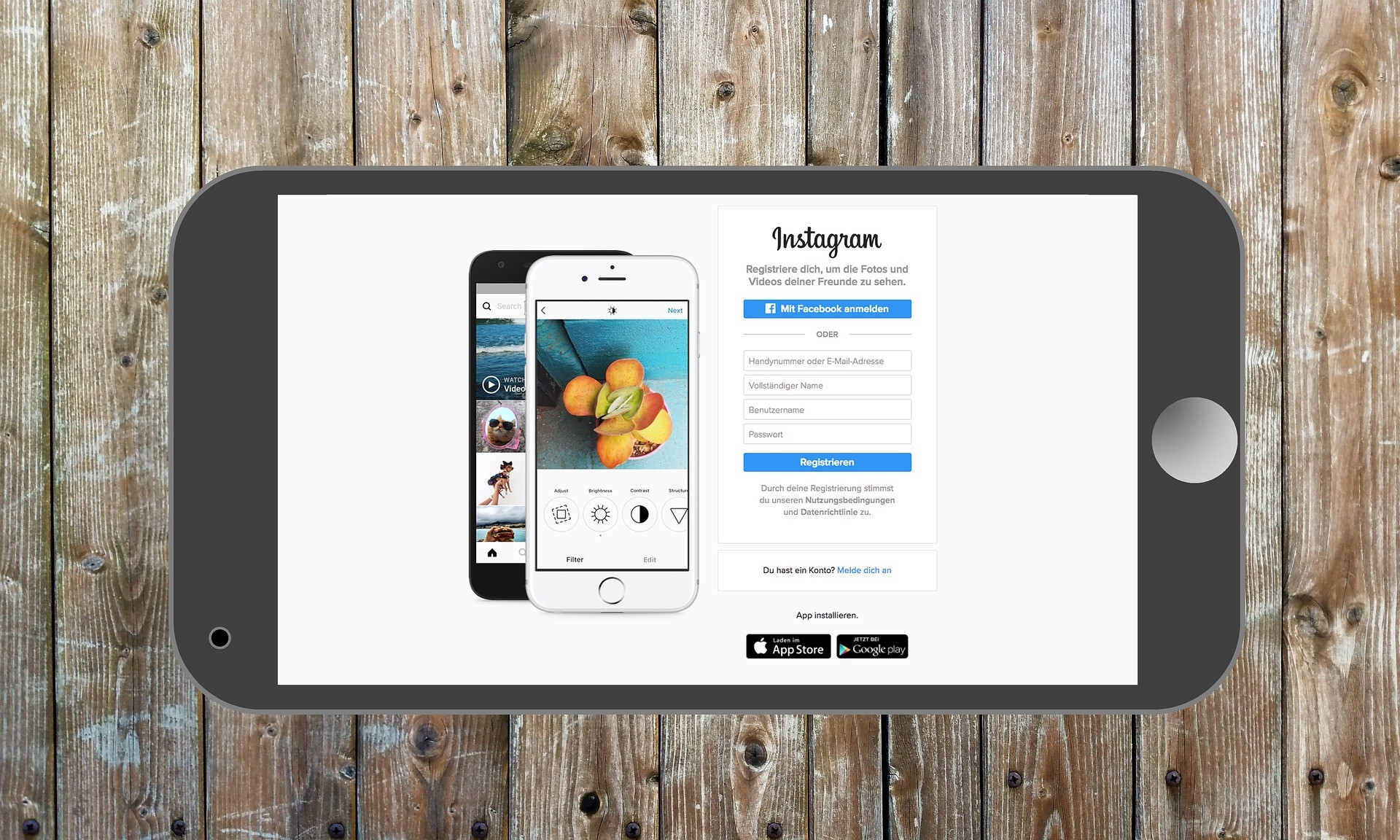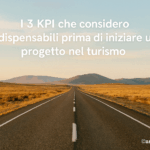When I start following a project in the side tourism sectorsocial media, the biggest temptation is to immediately look at the numbers in evidence:followers, like, views. But over time I learned thatWhat you see immediately is not always what really matters.
Summary
I worked with beautiful destinations and projects with thousands of followers who, however, did not generate any type of real conversion. On the contrary, I saw small accounts of unknown restaurants and villages receive requests, reviews and even invitations to the sector press. From there I started asking myself a fundamental question:
What are the KPIs that really tell the effectiveness of a social strategy in tourism?
Today I will tell you those I consider most relevant, the result of my experience on the field.
1. Quality and depth of interactions
A like is not as worth as a rescue. A comment with 5 words is not worth as much as an open question or an emotional answer. When I analyze acontent, I wonder:
- What kind of interaction did you generate?
- Who is commenting? Is it in target?
- Is there an emotional response, an authentic reaction?
In tourism, where the purchase decision is often emotional and linked to the imagination,The depth of interaction is worth more than quantity. A comment that says "I'll go there this summer!" It is worth more than 50 emojis under a Reel.
2. Stimulus of concrete micro-actions
I am interested in knowing if the content has managed to stimulate a micro-action. You don't need immediate booking:Just a gesture, a click, a rescue. They are very important signals. Micro-actions that monitor:
- Click on Links in Bio or Site
- Post saves
- Messages in DM (even silent)
- Comments asking for practical information
If a content leads even to a small action, it means that it has triggered interest, curiosity, desire.
3. Recognition in your niche
This KPI is less visible but is among the most strategic. When a social project becomes recognized within its ecosystem (small or large), it is there that it begins to generate real impact. Signals that analyze:
- Other operators who mention the account
- Spontaneous shares from real users
- Collaborations that arise from the contents
- Questions that arrive privately to find out "Whoever manages social media"
Being perceived as reliable, useful and consistent in one's niche is a fundamental KPI in digital tourism.
What I stopped watching
There are also some indicators who now consider secondary:
- Total number of followers (if not in target, they don't count)
- Likes "biting and run" from occasional users
- Reach not profiled (e.g. virality out of context)
These areVanity Metrics. They can please but tell you nothing about the real effectiveness of a tourist project.
A transversal KPI: consistency
Another element that I always observe is thecommunicative consistency between channels, messages and tone. Although it is less measurable, coherence over time generates trust and trust generates conversion. In tourism (and in food), those who communicate well today but in a disordered way tomorrow risk they seem unreliable. Trust, however, is constantly built.
Conclusion
So when I start a social analysis for a tourist project or a structure, I always look:
- How real interactions are
- How many micro-actions are activated
- How much the account is recognized in its niche
- If there is consistency between content and positioning
These are the KPIs that really guide me. They are not the manual ones, but they are the ones I have seen work. And today they have become part of my method.











